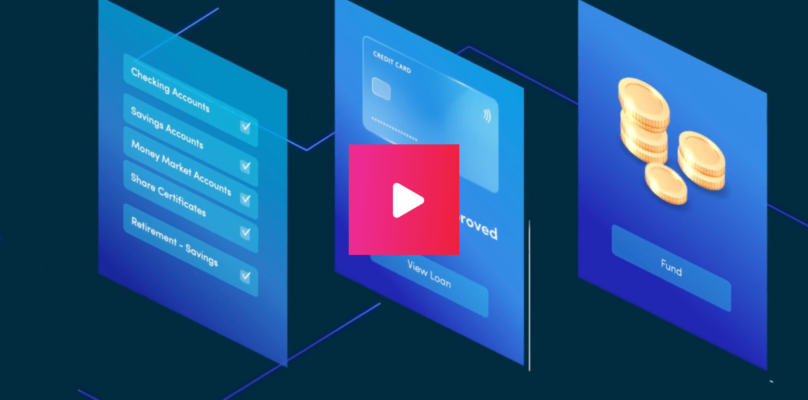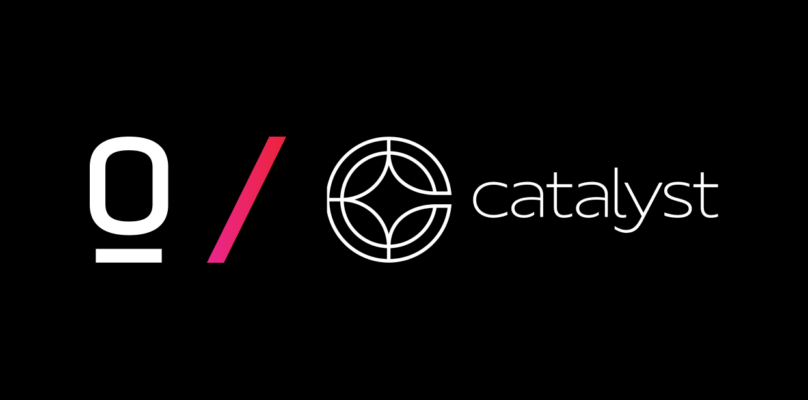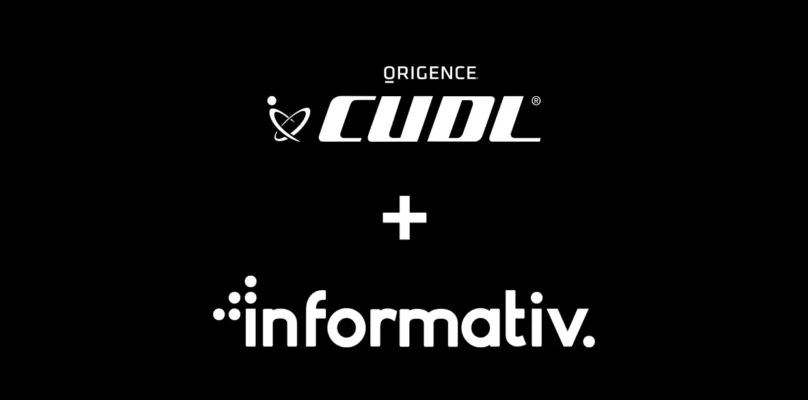As financial services companies continue to advance down the path toward their own unique digital transformations, they are finding that having access to more electronic data about the consumers they serve is offering significant benefits.
Many of these benefits are enabled by the combination of technologies that are now possible in a fully digital environment. A significant example of this, marketing automation is being combined with business intelligence (BI) platforms to make leading mortgage lenders much more competitive than their peers.
Of course, home finance divisions in institutions of all kinds were the first to fully embrace the path to digital. With so much data required to underwrite mortgages, it makes sense that leading lenders would make digital lending a priority. Digital data is easier and cheaper to move between systems and reduces the risk of data quality issues caused by human intervention. The result has been lower loan origination costs, faster loan processing, and higher borrower satisfaction.
The digital search for new customers
On the marketing side, many lenders have found that digital processes have made lead generation simpler. As a leading provider of marketing automation, we’ve seen institutions sharing more information about the consumers they serve between the various technology systems they use, which allows marketing managers to deliver targeted product offers to prospective borrowers when their activity indicates they will be open to receiving them.
The results of this “trigger” marketing have been very successful, but now these professionals can make marketing automation even more powerful by tightly integrating them with their business intelligence platforms.
Understanding the reach of marketing automation and how financial
institutions can integrate such platforms into their marketing operations has now become table stakes in the industry. When they accomplish this, member satisfaction rises, and the institution grows.
Benefits of a unified approach
COVID-19 and increasing competition among lenders has accelerated the need for a single solution that can synchronize data, offer business intelligence, data warehousing, and customizable communications.
While Origence offers a formidable data warehouse, a marketing document management system, and a direct marketing system, we knew we could leverage our technology expertise to make it even more powerful.
In our own surveys of the market, we found that the No. 1 organizational initiative (78%) specifically among credit union management was to drive improved member experiences using “targeted and segmented, product-based campaigns.”
To accomplish this, financial institutions must incorporate a BI platform with their marketing automation system, which is exactly what we have done with the Origence marketing automation platform. We presented a webcast recently that did a deep dive into why this is the future path of marketing and the many benefits resulting from integrating marketing automation with an industry-leading business intelligence (BI) platform.
By combining marketing automation with business intelligence (BI), institutions can take full advantage of all of the customer data they possess in their core system, their lending systems and from external sources, such as credit reports they have purchased during the sale of other products.
Users of any BI platform can use their data to quickly create multiple versions of dashboards and other visualizations that represent their information in a dynamic fashion. When applied in a lending environment that is already using marketing automation, it adds a new dimension and gives management powers they’ve never had before.
A good business intelligence layer on top of effective marketing automation makes the information in an institution’s data warehouse actionable. This information can now be used to better understand customers/members, differences between branches and even individual loan officers, as well as product lines, all in a very dynamic way.
Now, marketers can analyze and understand their data so they can build knowledge and communicate effectively with every customer/member at a personalized level. This ultimately improves the experience, so they remain with financial institutions longer and utilize more of its offerings.
The result is a more successful, profitable institution that sees predictable revenue growth.

















